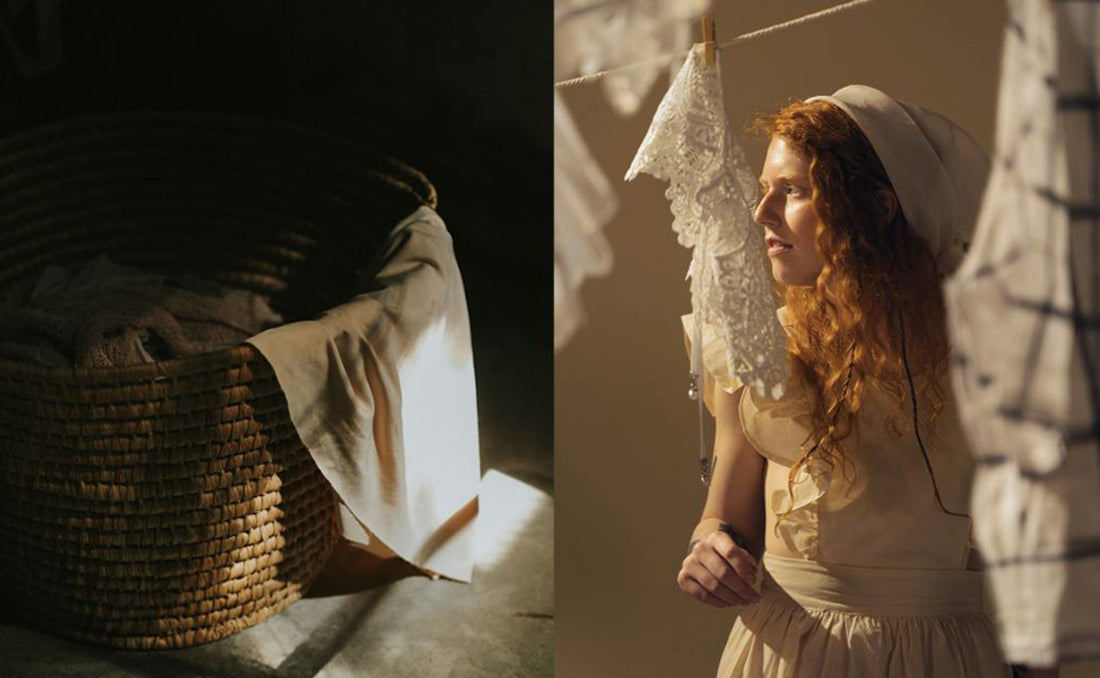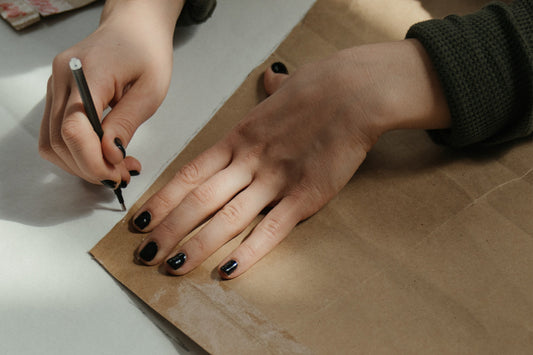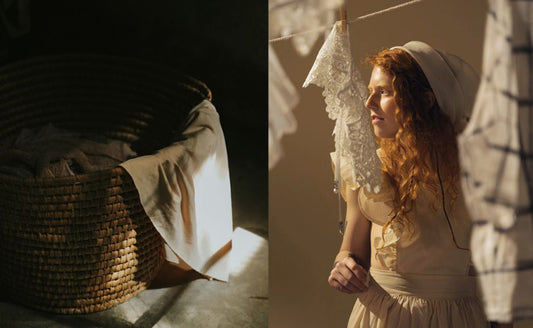
Stains happen, but treating them promptly is key. Ever wondered about the impact of your stain removers on health and the environment? Consider swapping out your usual products for eco-friendly methods, which offer effective stain removal minus the usual drawbacks. Several common household items can be turned into natural laundry stain removers, avoiding the harsh chemicals of commercial products and often saving money. Here are six natural stain remover products that will help you banish stains while keeping your laundry routine green.
01. Removal with Baking Soda
Baking soda is a non-toxic, budget-friendly option commonly found in DIY cleaners, offering health and environmental benefits. Its alkaline properties effectively absorb grease and oil stains from clothes. Additionally, it acts as a green odor remover and safe for all fabrics. When added to laundry, baking soda boosts detergent performance, softens fabrics, and reduces suds.
To utilize its benefits, generously apply baking soda and water to stained areas, allowing fabrics to soak before machine washing. For routine use, simply add 1/2 cup of baking soda to each load along with detergent. For stubborn odors, create a presoaking mixture of baking soda and water, allowing garments to soak overnight before washing.
02. Removal with Corn Starch
To remove grease stains from clothing, try using cornstarch or talcum powder. Generously sprinkle either onto the stain and let it sit for 12 hours. Then, wash the garment as usual to reveal a grease-free fabric. Alternatively, for immediate treatment, sprinkle the oily stain with baby powder, talcum powder, or cornstarch, and let it sit for at least 10 minutes to absorb the oil. Afterward, brush away the powder and wash the garment following the care label instructions.
03. Removal with Dish Detergent
When it comes to cleaning fabric and clothing, household items like dishwashing liquid can be surprisingly effective. Simply apply a small amount of dish soap directly to oily stains and work it into the fabric. Let it sit for at least 10 minutes before washing as usual. For presoaking stained laundry, mix one tablespoon of dishwashing liquid with one gallon of water and submerge the dirty laundry, allowing it to soak for at least one hour.
Another effective method involves using dish detergent directly on the stain. Opt for a sustainable brand or one with eco-friendly ingredients. Once the stain is saturated, rub an ice cube on the fabric to help lift it. If needed, dab vinegar onto the stain before laundering. These simple yet efficient techniques can help keep your fabrics clean and fresh.
04. Removal with Salt
Table salt serves as a versatile tool for laundry tasks. It acts as a mild abrasive, ideal for removing rust and red wine stains, as well as absorbing liquid spills before they set. For red wine spills, generously sprinkle table salt on the affected area to absorb the liquid, then brush away before washing. Keep in mind that excess salt residue may leave white stains on fabrics if not washed out.
Additionally, salt can effectively remove stains or residue from the bottom of an iron. Dampen a handful of salt slightly and use it to gently scrub the iron's faceplate. Once clean, wipe the iron with a clean damp cloth for a spotless finish.
05. Removal with Vinegar
White vinegar is a versatile powerhouse in the laundry room, offering numerous benefits for fabric care. It's cost-effective, gentle on fabrics, and safer than chlorine bleach or fabric softeners. Opt for distilled white vinegar for optimal results, as it won't stain fabrics and is more affordable than other types.
In treating various laundry challenges, white vinegar proves invaluable. For blood stains, simply pour it onto the stain and let it sit, dabbing with a damp cloth as needed until the stain fades. It's also effective in removing yellow underarm perspiration stains and odor, eliminating mildew stains, and whitening and brightening clothes. Adding 1 cup of distilled white vinegar to the final rinse leaves clothes soft and fresh-smelling. Moreover, vinegar can be used to clean your washer and control musty odors.
06. Removal with Lemon or Lime Juice
Fresh or bottled 100% lemon or lime juice, containing acetic acid, serves as a natural bleaching agent for fabrics. However, when using it on colored clothing, it's crucial to promptly remove the juice to prevent permanent discoloration.
For white fabrics, lemon or lime juice is highly effective in tackling yellow underarm stains or rust stains. Simply add 1 cup of lemon juice to the wash when laundering white clothes. For tougher stains on whites, create a paste using equal parts lemon juice, baking soda, and water. Apply the paste to areas with yellow underarm or color stains, allowing it to sit for 30 minutes before washing as usual to eliminate discoloration.
Embrace Eco-Friendly Stain Removal for a Greener Laundry Routine
In conclusion, adopting eco-friendly stain removal techniques not only helps to preserve the environment but also promotes healthier and safer cleaning practices for our homes and families. By utilizing common household items like baking soda, vinegar, and lemon juice, we can effectively tackle stains while minimizing our reliance on harsh chemicals and reducing our ecological footprint. These simple yet powerful methods not only result in cleaner clothes but also contribute to a greener and more sustainable lifestyle. Let's continue to prioritize eco-friendly alternatives in our laundry routines for a cleaner planet and a healthier future.




